MOSAiC expedition for climate – The world largest polar expedition
1 SEPTEMBER 2019 – 31 OCTOBER 2020
The MOSAiC (Multidisciplinary drifting Observatory for the Study of Arctic Climate) expedition is the largest polar expedition in history, involving hundreds of scientists from twenty countries for climate researches.
In September 2019, the German research icebreaker Polarstern set sail from Tromsø, Norway, to spend a year drifting through the Arctic Ocean, trapped in ice, to learn more about global warming and climate change.
This expedition is led by atmospheric scientist Markus Rex, and co-led by Klaus Dethloff and Matthew Shupe, MOSAiC is spearheaded by Alfred Wegener Institute, Hekmholtz Center for Polar and Marine Research (AWI).
The goal of the MOSAiC expedition is to require the closest look ever at the Arctic as the epicentre of worldwide warming and to realize fundamental insights that are key to raise understand global climate changes. The objective is to assess the impact of climate change on the region and on the world as a whole and, ultimately, to improve the performance of climate models in order to obtain more realistic projections.
In this expedition, TROPOS uses one of our Photometer (CE318-T) on the Polarstern to assist the scientists by measuring the atmosphere and providing data to help understanding the climatic model of the Arctic. (Follow the TROPOS campaign here).
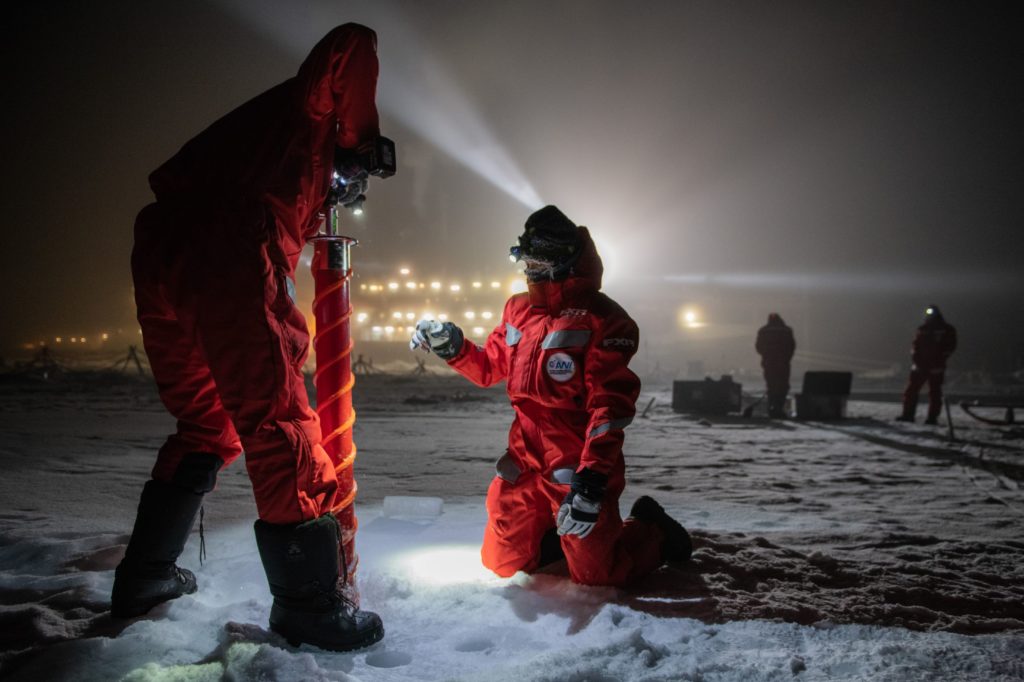
The new and upcoming studies of the Poles are very important to understand our world, allowing new openings to new applications, new opportunities and new solutions for our environment.
All the results of the analysis will produce a flood of measurement data, which will be extremely valuable for the participating researchers and their peers around the globe, and also for humanity as a whole.
The MOSAiC expedition will end on October 12th after 390 days in extreme conditions for the 600 scientists who took turns in this incredible expedition in the Arctic.
Accordingly, the policy for MOSAiC data is based on a spirit of international cooperation, which all expedition participants expressly agree to adhere to. All the data is saved in the MOSAiC database wich is accessible by scientists of each country for detailed analyses and sharing it to the different members, states participating in this incredible and historical adventure.
If you want to follow the expedition, please check the MOSAiC website here or the Polastern Blog.
Image source: Alfred-Wegener-Institut / [Urheber/Fotograf]




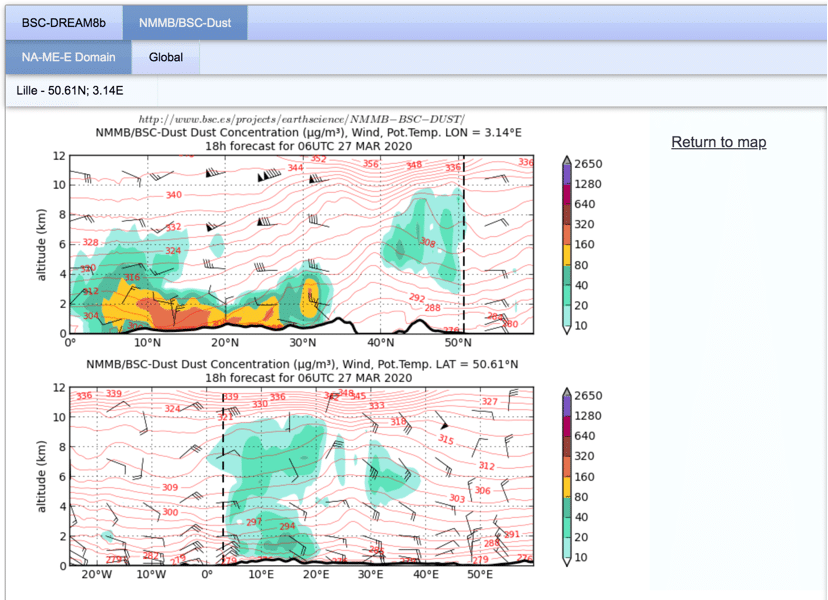
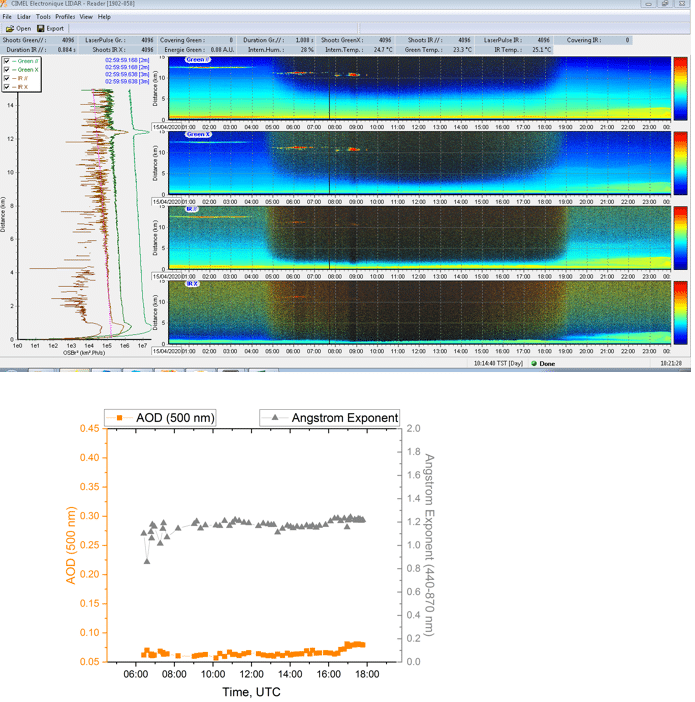
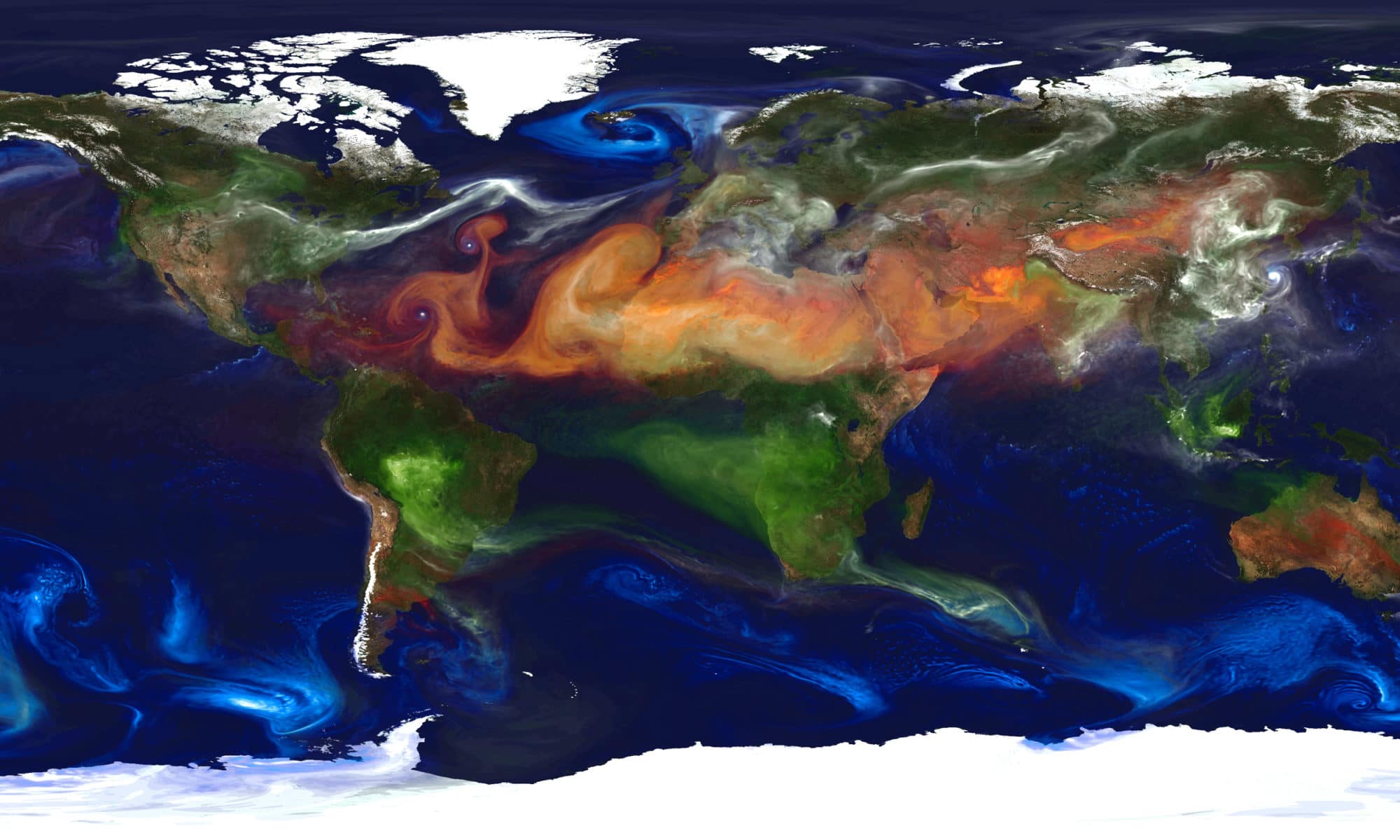

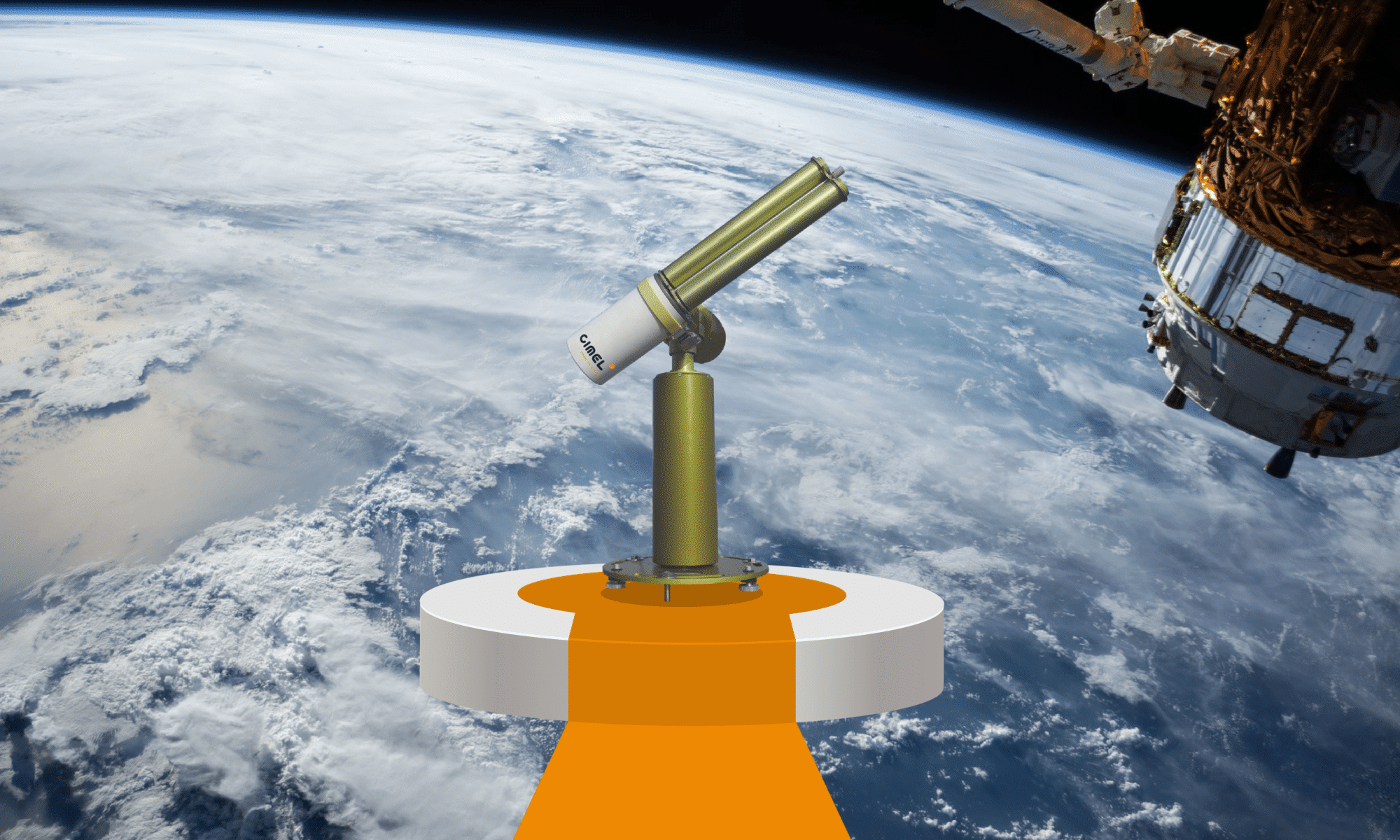
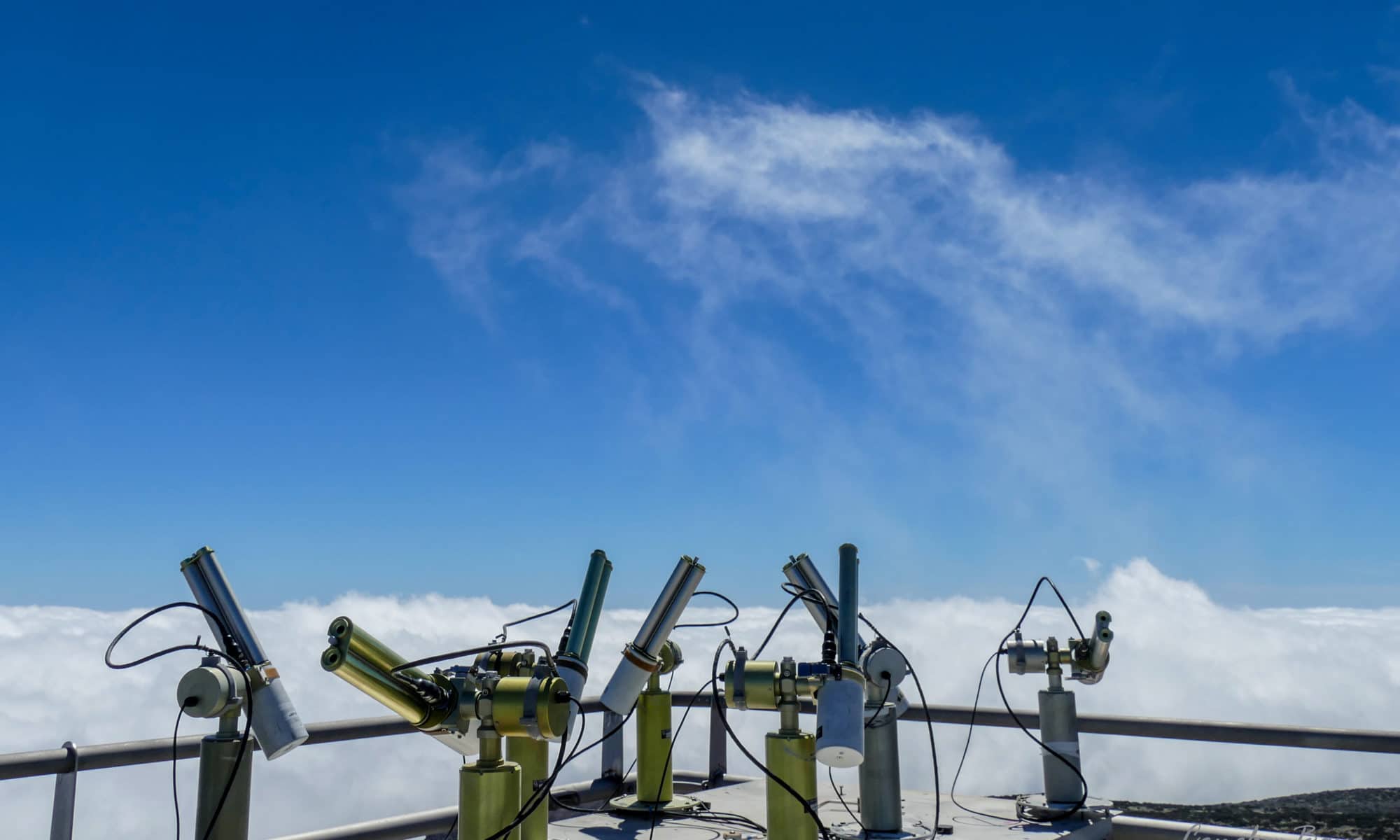

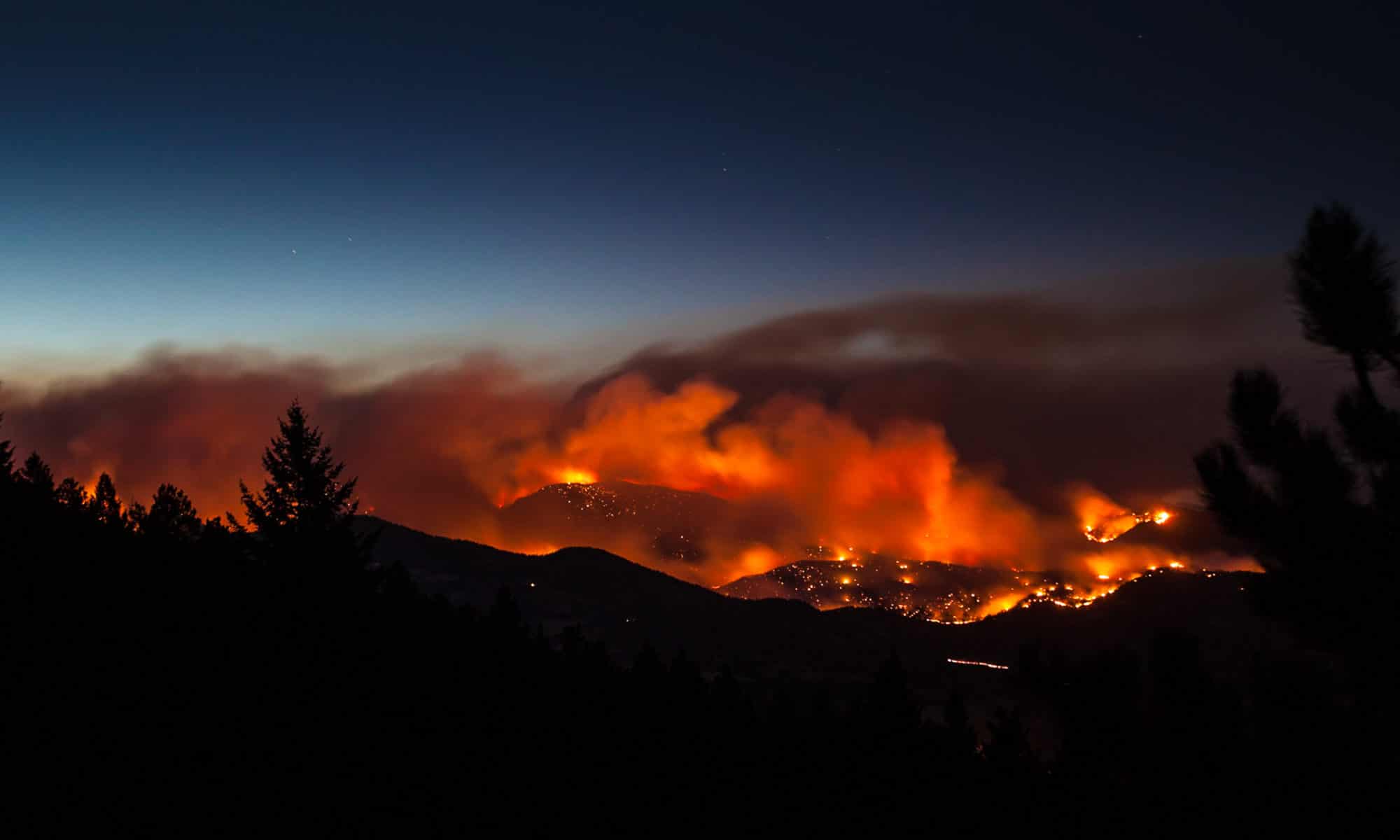
.jpg)